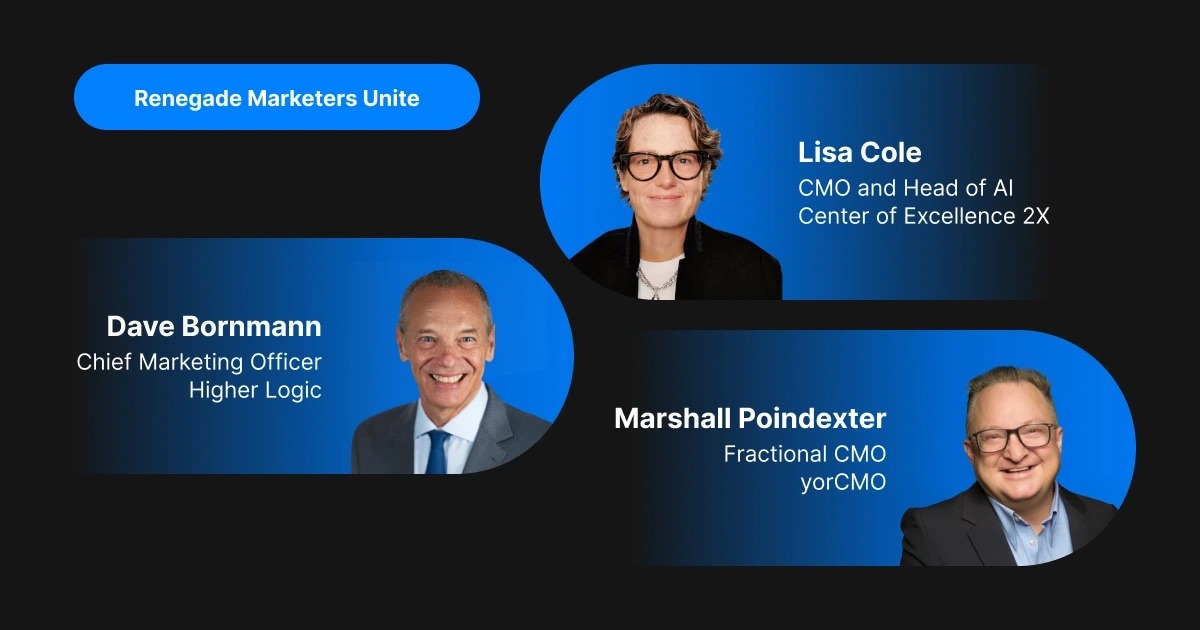July 14, 2020 | Blog
How to atomize your content for high-impact marketing in 4 steps

B2B content marketers are constantly seeking the most effective and economical approaches to connect with our audiences. Yet, many of us overlook one of the most impactful strategies: content atomization.
On the surface, content atomization is the practice of taking long-form (also known as pillar) content like whitepapers and webinars and breaking them down into smaller pieces such as blogs, articles, infographics, and podcasts. This way, you can extend the value of a good content piece for months or even years, while still creating high-impact marketing across the buyer’s journey.
Integrating content atomization into your content marketing strategy is central to utilizing your resources more effectively and efficiently—and is a potent remedy for marketers faced with limited resources and budget. Atomization is gaining popularity due to its ability to yield the best ROI by connecting content to the right audience at the right time, ultimately saving you time, money, and effort.
However, atomization attempts fall short when marketers fail to consider audience data and business alignment or believe the quantity of content trumps strategic thinking. In fact, one of the keys to high-impact atomization is a data-driven strategy that requires you to step back and think about what you’re trying to achieve with each piece.
Here are four steps to getting started the right way.
4 Steps to Getting Started
Step 1: Audit your existing content to identify top performers
Audit your existing content for atomization opportunities. Identify what content performed the best and why. Look for top-performing topics, keywords, and what messaging appealed the most to your target market. This will help you find opportunities for atomization in your existing content library.
Here are some examples you can create from several pillar content types:

Step 2: Choose pillar content that makes you stand out
Choose a long-form asset that broadly covers an idea or topic—preferably one that makes you or your product stand out. For example, say a technology solution provider unearths an old ebook titled “Unlocking the Value of Digital Solutions.”
From that updated ebook, you can break down chapters into different sub-topics that target various stages of the buyer’s journey. For example, if one of the ebook chapters covers “6 Things You Can Fix with Digital Solutions,” you can write a blog for awareness that directs interested readers to download the new ebook.
As different audiences find different formats engaging (i.e., some may prefer visually appealing infographics, while others may like easy-to-read articles), decide how you want to use each asset in your campaign and how you want to deliver it.
Here’s a simple content roadmap for reference:

Step 3: Adapt content across diverse channels to broaden its reach
Adapt atomized content for multiple distribution and publishing channels, as each presents the opportunity to share information differently.
By varying the content type and where it’s distributed, you can maximize the number of views, shares, and conversions. For example, you can create social ads to drive top-of-funnel prospects to the blog. Simultaneously, you can develop email nurture campaigns to engage users in the consideration stage.
Executing an effective atomization plan also means deciding on critical aspects of the campaign, including timeline, whether the content needs to be gated or ungated, and linking strategy.
The table below is a hypothetical content marketing atomization plan:

Step 4: Measure the right metrics to achieve your business goals
Measure your content performance regularly to ensure your strategy is working effectively—which means aligning your content atomization with the goals you want to achieve.
More often than not, marketers fall into the trap of not measuring the right metrics and end up failing to interpret what’s essential for the business. For example, don’t compare how atomized pieces performed against the original asset; but rather, focus on whether you are able to engage new people across the campaigns or renew the interests of existing customers.
Just as market trends continuously evolve, audience preferences also change. With regular monitoring, you can adapt your strategy based on the following key metrics for your audience:
- Behavior – Time spent on consuming content, bounce rates, and the number of visits to your website, blog, and social media channels.
- Engagement – The number of shares and likes received, the number of downloads from gated content (new audience and lead generation), etc.
- Retention – Open rates, click-throughs, and opt-outs by existing customers that gauge how their interest levels change.
Although analytics is typically not considered, the most effective content atomization is driven by intent data that reveals audience preferences around content, channels, and topics of interest. Not only does this help you create assets that resonate best with your target audience, but it also helps you monitor and run in-depth analyses to identify how to improve your next campaigns.
The Key to a Winning Content Atomization Strategy
Not all marketers know how to execute a content atomization plan the right way, let alone run in-depth analyses and measure performance accurately. According to a media study cited in CMI:

This is where 2X can partner with you to help deliver impact. As a marketing-as-a-service (MaaS) agency that implements data-driven strategies and can leverage in-house expertise in digital marketing and content, 2X can measure the success and performance of each campaign to increase ROI, drive growth, and improve customer engagement across multiple platforms.
For more insights, read our blog on developing a data-driven strategy to atomize your content. Reach out to learn more about what we do for our B2B clients.



